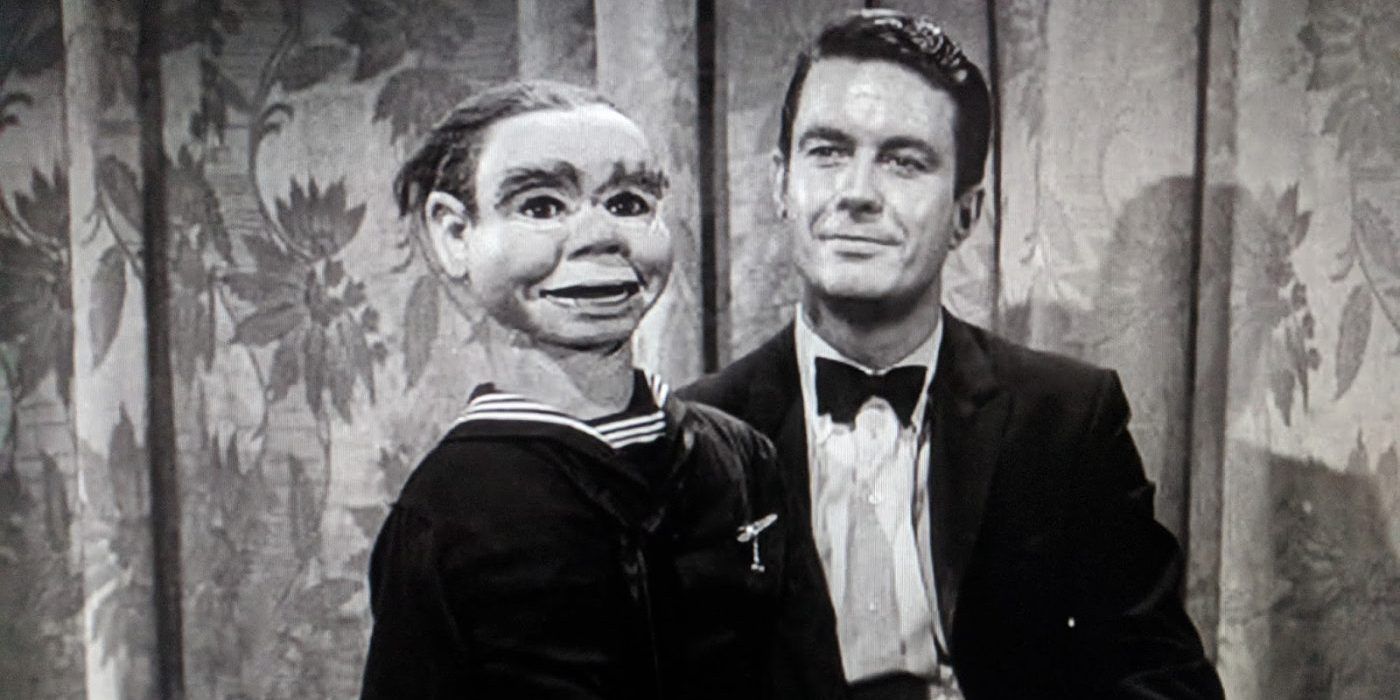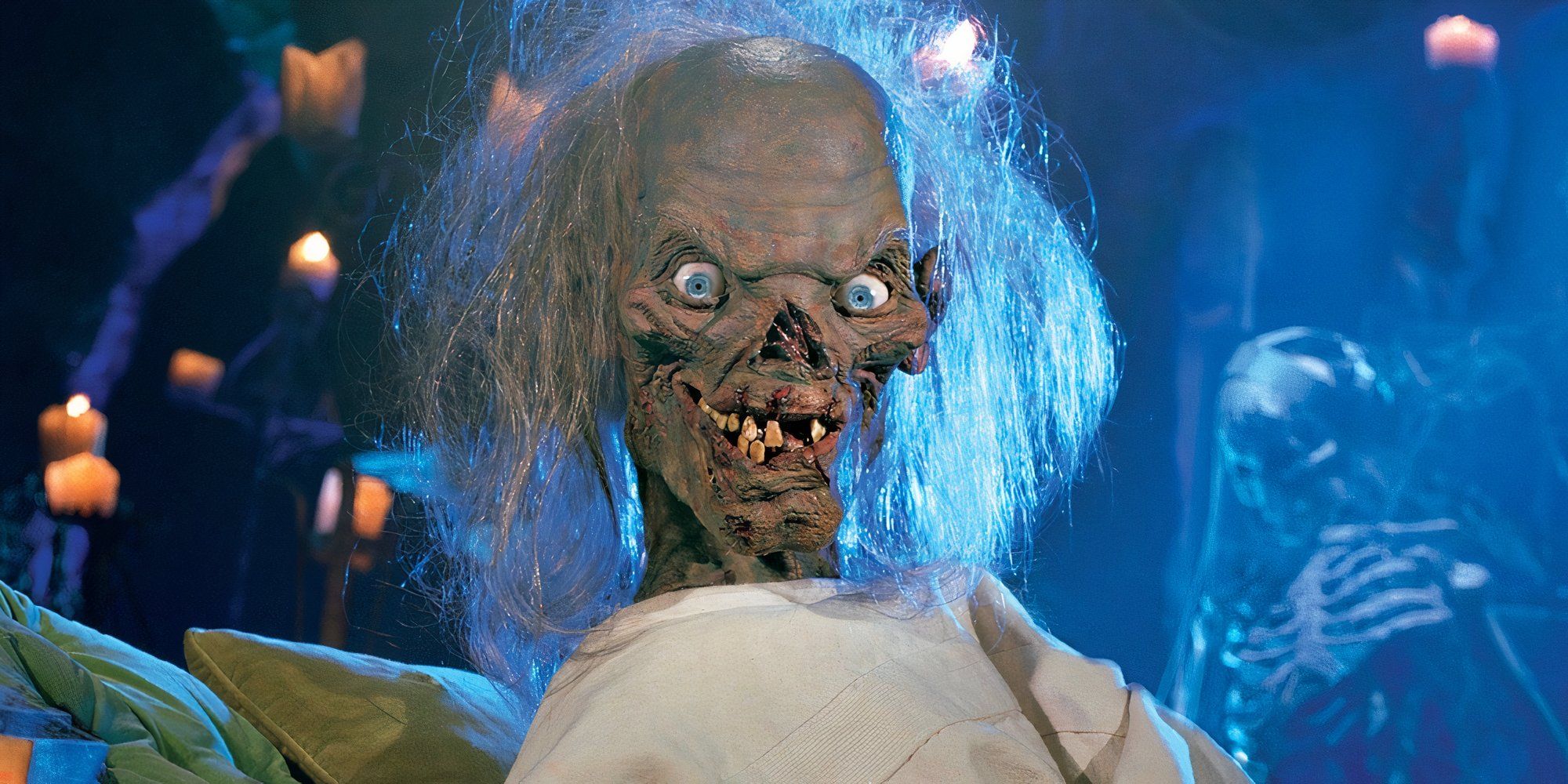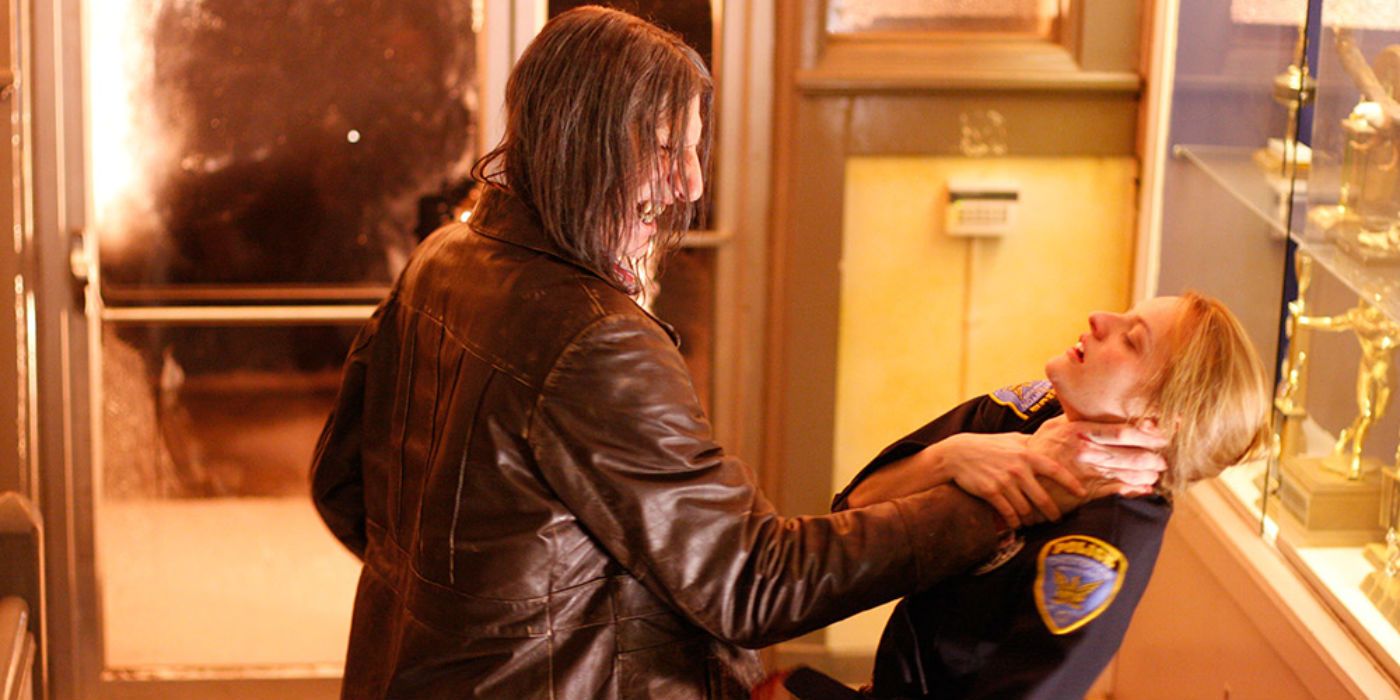Certain TV episodes pushed the limits of network TV with dark, unsettling stories I still can’t believe actually aired. Network television is usually much safer and less intense than what I watch on streaming services or cable channels. Because of this, it surprises me when even some of the best network TV shows feel truly disturbing or ahead of their time. These rare moments of bold storytelling really stand out in mainstream TV drama.
Such disturbing network television episodes break the usual mold of tame content. Whether it’s truly evil Law & Order: SVU villains or a game-changing Buffy episode, when a network show takes risks with challenging themes, it can catch me off guard. These ahead-of-its-time TV shows prove that even mainstream TV can deliver powerful, unforgettable stories that push creative boundaries.
10
Buffy the Vampire Slayer – “Earshot”
S3 E18, The WB,1999
“Earshot” shows Buffy’s new power to hear thoughts, but it quickly becomes overwhelming and confusing. The nonstop flood of negative voices makes the episode hard to follow and emotionally exhausting. I felt that instead of being exciting or empowering, Buffy’s mental struggle seemed exaggerated, which dragged down the story and made it unpleasant to watch.
The episode’s focus on a student who might commit violence feels bleak and unsettling. It shows a world full of pain, fear, and hopelessness without offering much comfort or hope. Watching Buffy, usually strong and confident, appear helpless and vulnerable made me feel the episode was depressing and emotionally heavy to experience.
“Earshot” is dark and disturbing because it deals with suicide and school violence, topics that are painful and real. The episode’s delay after the Columbine massacre added to the discomfort. I think it forces viewers to confront harsh realities without easy answers, leaving a lingering sense of sadness and emotional weight after watching.
9
The Twilight Zone – “The Encounter”
S5 E31, CBS, 1964
“The Encounter” felt very dark because it showed the raw anger and personal guilt between an American soldier and a Japanese-American man after World War II. They were stuck in a small attic, and an old sword brought out their deep-seated hate and old hurts. I found this clear look at hidden anger truly unsettling.
What made it so upsetting was how it showed old pain and wrong ideas, like the false claim about Japanese-Americans being disloyal during Pearl Harbor. I understand why many people, especially Japanese-Americans, found this story deeply hurtful. It reminded them of the cruel internment camps and wartime prejudice they had just faced, causing a lot of anger.
In the end, the episode becomes violent, with both men destroying each other because of their guilt and hate. This strong, but flawed, story about prejudice and the terrible price of war left me with a sad and disturbing feeling. It’s one of The Twilight Zone’s most controversial and unforgettable episodes.
8
Twin Peaks – “Lonely Souls”
S2 E7, ABC, 1990
“Lonely Souls” in Twin Peaks (via twinpvks) turns dark with the shocking reveal of Laura Palmer’s killer. Seeing Leland Palmer, taken over by BOB, murder his own daughter is deeply upsetting. I remember how this moment shattered any remaining innocence in the show, exposing a hidden evil beneath the town’s calm surface and making the episode truly disturbing.
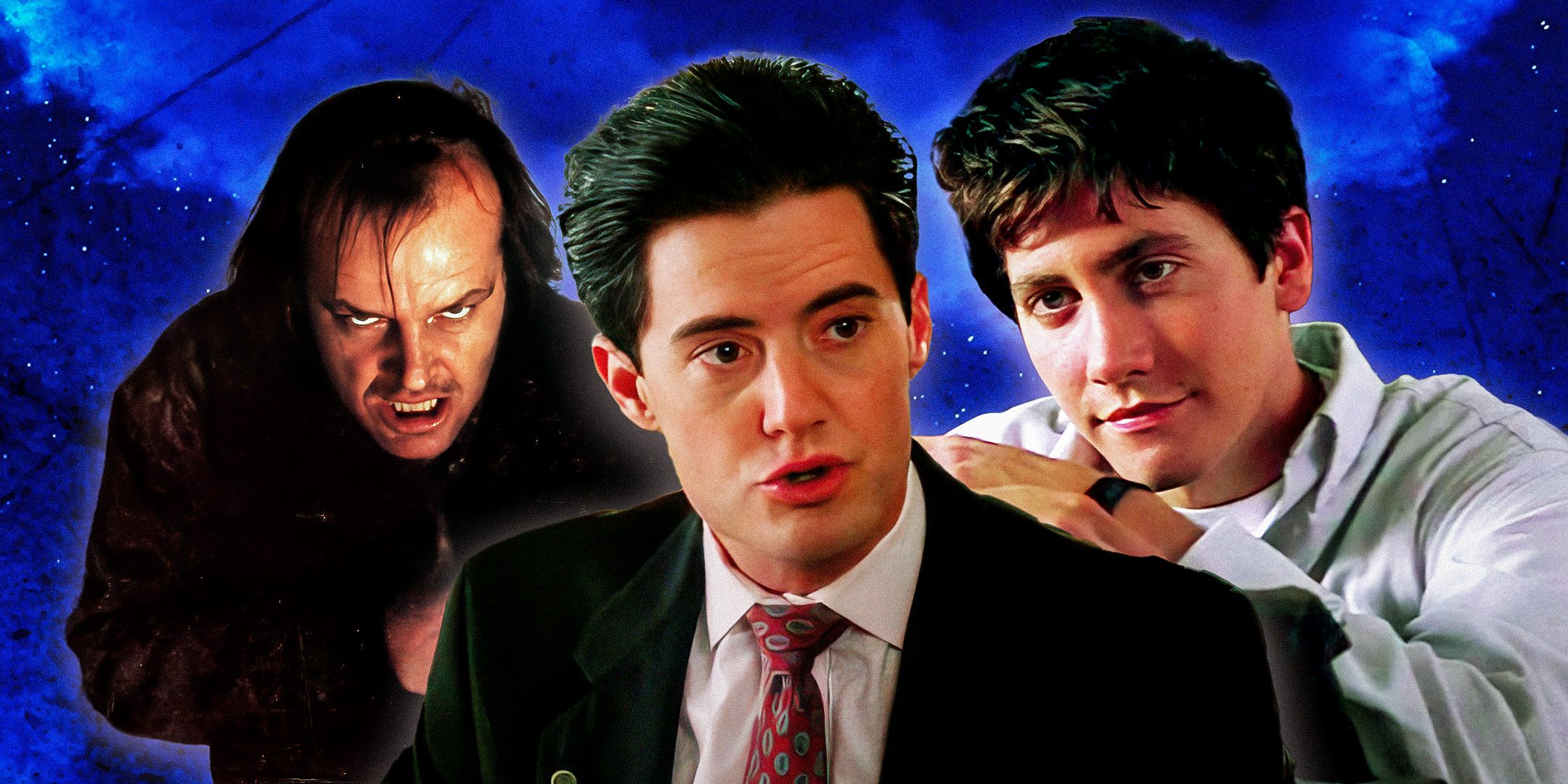
Related
If You Love Twin Peaks, These 10 Movies Have The Same Strange Vibe
David Lynch’s unique style is ever-present in Twin Peaks, but there are a few movies that give off a similar atmosphere albeit for different reasons.
What makes it so unsettling are the intense sights and sounds. The twisted faces, scary noises, and Ray Wise’s terrifying acting as Leland/BOB create a real feeling of fear. For me, the long-awaited answer about the killer wasn’t relief. It was a dive into mental horror that left me shocked and scared by the brutal truth.
The immediate events after the reveal, like Leland’s death and the pain for Sarah and Cooper, add even more darkness. I was struck by how evil can hide in plain sight, and the heartbreaking story of a father destroying his own family. This makes Lonely Souls a uniquely dark and truly disturbing episode of television.
7
The Twilight Zone – “The Dummy”
S3 E33, CBS, 1960
“The Dummy” in The Twilight Zone is dark because it shows a dummy seemingly coming alive and its owner going crazy. The ventriloquist, Jerry, starts losing his mind, making me wonder if the dummy, Willie, is real or just in his head. This mental breakdown, full of fear, is very unsettling to watch.
The episode feels even darker because of Willie the dummy. He isn’t just a toy. His creepy smile and blank stare become truly scary as he seems to control Jerry’s life and even threatens him. I found the idea of a lifeless doll becoming evil and maybe even running a person’s life, especially frightening.
The end is truly disturbing as Jerry and Willie swap places. Jerry ends up trapped as a dummy, while Willie takes over his life. This complete flip in power, with the dummy now in charge, is a chilling and hopeless ending. It left me with the scary thought of being helpless and replaced.
6
The X‑Files – “Home”
S4E2, Fox, 1996
The X-Files episode “Home” is dark because it shows a scary side of people living in isolation and keeping terrible secrets. It digs into very unhealthy family life and the shocking results of being completely cut off from the world. I felt a deep sense of discomfort that stuck with me long after watching.
What makes it so dark is how real the horror feels. Unlike other X-Files stories, this one isn’t about monsters, but about human cruelty. For me, that made the events more raw and upsetting. It forces us to face how truly dark people can become when no one is watching or guiding them.
The episode’s darkness is cemented because there’s no happy ending or clear solution. The disturbing threat isn’t fully dealt with, and I was left with a lingering feeling of danger. That lack of closure, along with the sadness of what happened, made the story feel especially bleak and deeply unsettling.
5
Atlanta – “Teddy Perkins”
S2 E6, FX, 2018
Atlanta’s “Teddy Perkins” (via Vanity Fair) is profoundly dark and unsettling due to its exploration of the destructive nature of ambition and the horrors of child abuse. The isolated mansion setting and Teddy’s bizarre, unsettling appearance immediately create a chilling atmosphere. I found myself watching into the psychological torment inflicted by a tyrannical father, twisting dreams into a nightmarish reality for Teddy and his brother, Benny.
The episode’s unsettling nature is amplified by Teddy’s demeanor. His pale face, high voice, and strange mannerisms evoke a sense of uncanny valley, making him both pathetic and deeply menacing. For me, the slow reveal of his and Benny’s shared trauma builds intense psychological tension, showing the grotesque outcome of a life controlled by another’s dreams.
The tragic climax, where Teddy is ultimately killed by Benny, proves its darkness. It’s a violent end to a cycle of abuse, leaving no redemption or easy answers. I was left thinking about how ambition, when forced on others, can destroy lives. The episode forces us to confront hidden pain beneath success, making it truly haunting.
4
Tales From the Crypt – “Fitting Punishment”
S2 E12, 1990, HBO
Tales From the Crypt’s “Fitting Punishment” is very dark because it shows a cruel kind of justice. The story is about a greedy, mean uncle who hurts his young nephew. The way the child is treated feels very upsetting, especially since it comes from family. I found it hard to watch how greed leads to such terrible results.
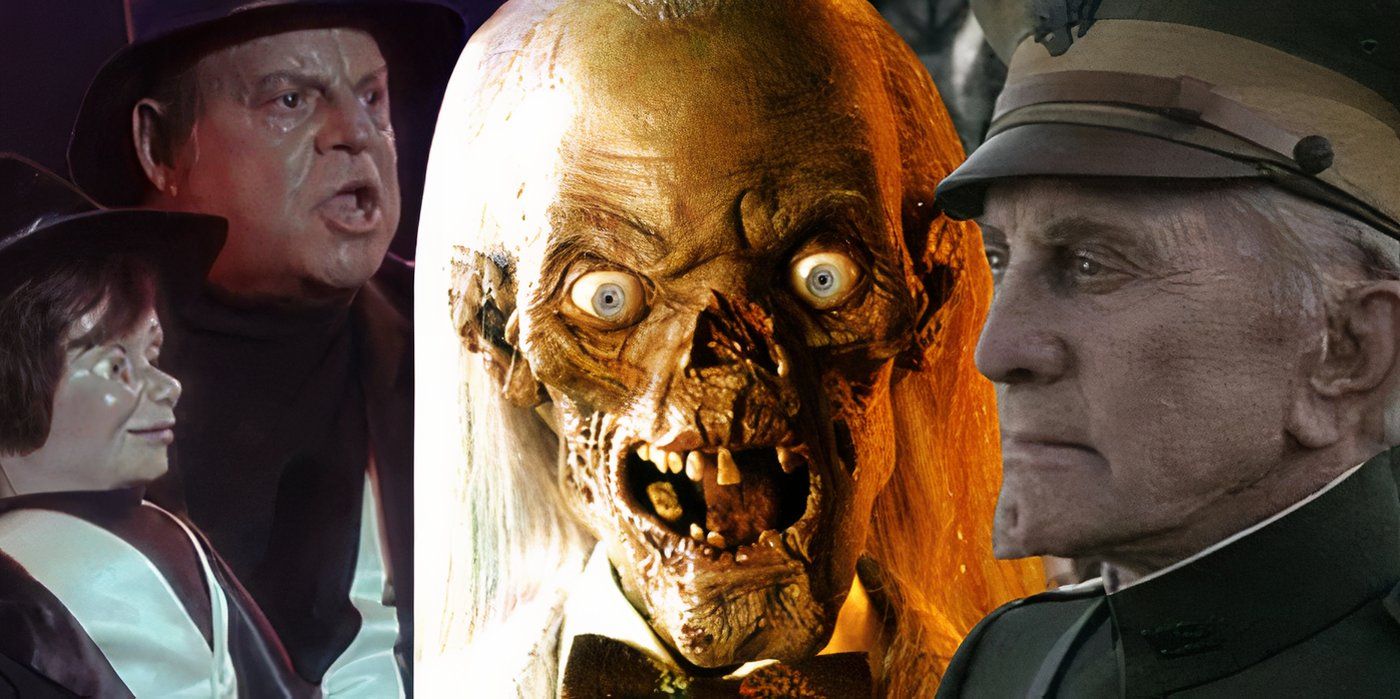
Related
10 Best Episodes Of Tales From The Crypt
There are some great Tales from the Crypt episodes over the show’s run, but some of the episodes are better than others.
The episode feels even more disturbing because of its violent scenes and harsh punishment. The uncle’s end is also shocking to watch. I couldn’t believe how brutal it was. This cruel punishment fits his bad actions, but is shown without mercy, highlighting the show’s dark humor and harsh justice.
“Fitting Punishment” is disturbing because it offers no chance for forgiveness or escape. The victim, first weak, ends up playing a key role in the uncle’s death. To me, the revenge feels fair but very complete and final. This ending shows the show’s grim view of right and wrong, justice, and punishment.
3
Fear Itself – “Eater”
S1 E5, NBC, 2008
Fear Itself’s “Eater” is dark because it traps a new cop alone in a far-off police station with a scary, supernatural killer. This killer eats souls, which is very creepy. Being isolated and hunted by something unstoppable creates a constant feeling of fear and hopelessness. I felt the story was very grim and claustrophobic.
The episode feels more disturbing because the monster doesn’t just kill, it also steals memories and identity. It’s not only physical harm but also a deep attack on who the victims are. I found the monster’s quiet, calm way and its growing power especially chilling. It becomes hard to face, both for the characters and for me as a viewer.
The dark ending shows the cop cannot escape and will become the monster’s next victim. There is no winning or running away, only the scary truth that she will be eaten. To me, this bleak finish shows how strong evil is and how fragile life feels against such a terrible, powerful creature.
2
The X‑Files – “Irresistible”
S2, E13, Fox, 1995
The X-Files episode “Irresistible” is dark because it’s about a real human monster, not aliens or ghosts. Donnie Pfaster is a killer who collects hair from dead women. His obsession with death and decay made me very uncomfortable. It felt more real than most episodes, and that realism made it creepier and harder to shake off.
What makes it even more disturbing is that Pfaster isn’t possessed or cursed, he’s just evil. His twisted urges have no supernatural cause, which makes it scarier. He chooses his victims in such a specific, cold way. I found myself thinking how someone like him could exist in real life, and that thought really unsettled me.
The episode also shows how deeply it affects Scully. She’s usually strong, but here we see her fear. Facing Pfaster’s sick obsession shakes her in a personal way. Watching her break down made the threat feel even more real. It’s one of the few episodes where I truly feared for a main character’s safety from a human villain.
1
“Ghostwatch”
BBC Halloween Special, BBC1, 1992
Ghostwatch (via VHSVideoVault) is dark because it presented itself as a live, unscripted ghost investigation. For a moment, I believed it was real. Seeing trusted BBC presenters in danger made the fear hit harder. The mix of fact and fiction felt unsettling. It manipulated viewers’ trust, and that made the whole experience feel personal and deeply disturbing.
The fear builds slowly inside a normal suburban house. At first, it’s just strange noises and shadows. Then we learn about “Pipes,” a ghostly figure behind the events. When the girl, Sarah, becomes possessed, everything spirals out of control. Watching it, I felt a deep sense of dread. It was too real to feel like just fiction.
The ending leaves a lasting impact. The broadcast falls apart, the ghost takes over, and it seems like the horror escapes into the real world. There’s no resolution, just silence and fear. I remember the cold feeling after it ended, as if the story wasn’t truly over. That final moment made Ghostwatch impossible to forget.
Source: twinpvks/Instagram, VanityFair/YouTube, VHSVideoVault/YouTube



